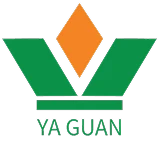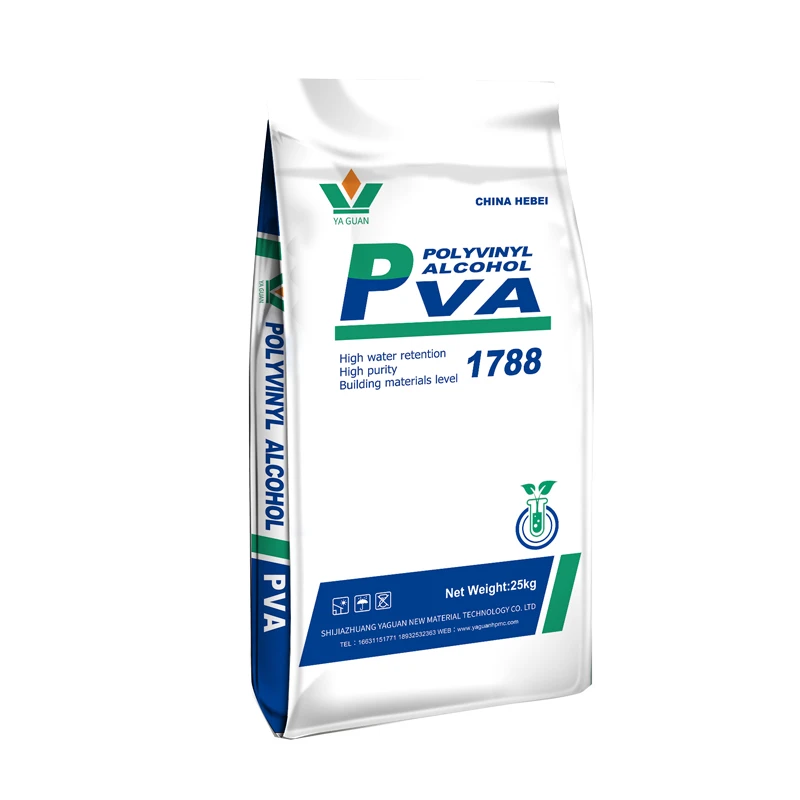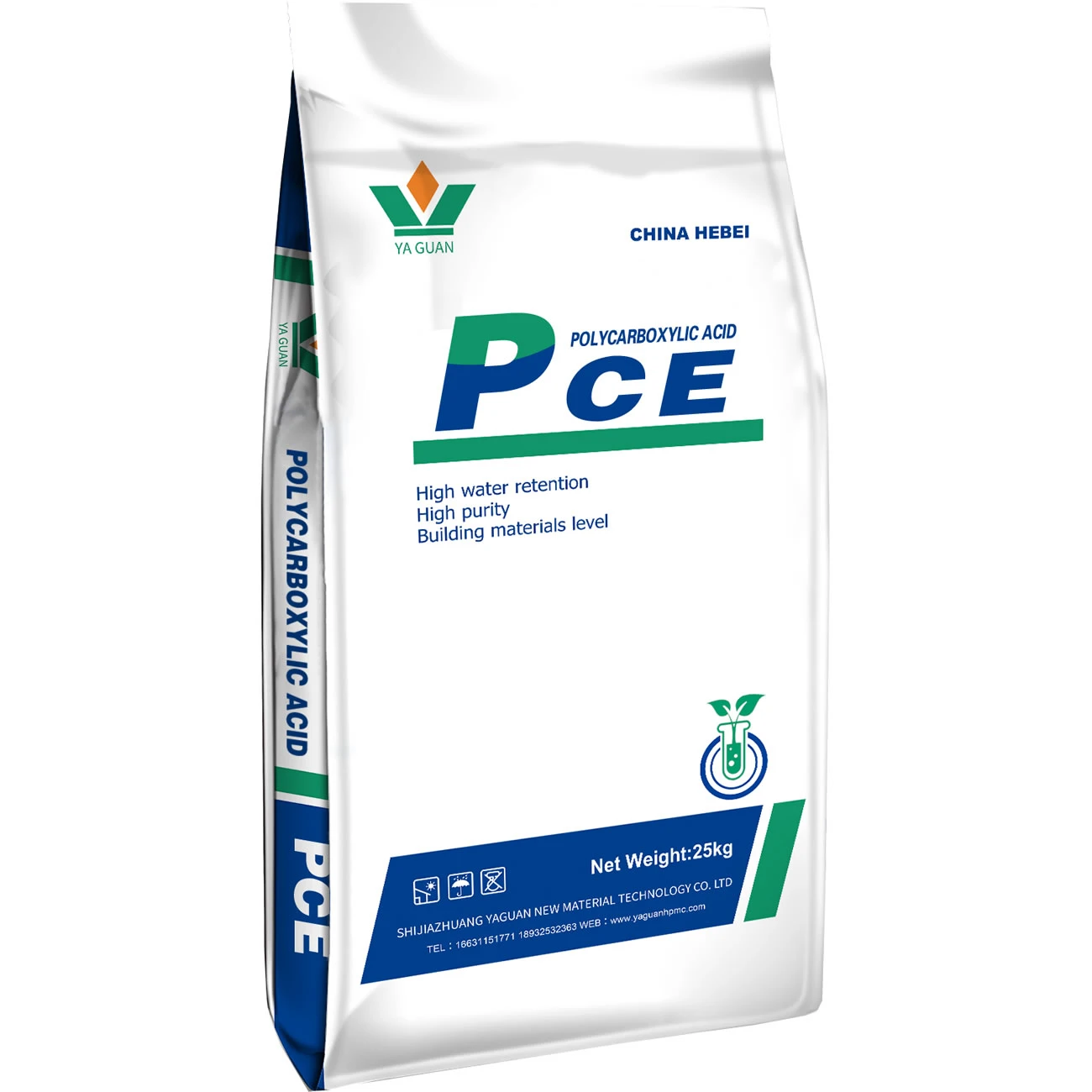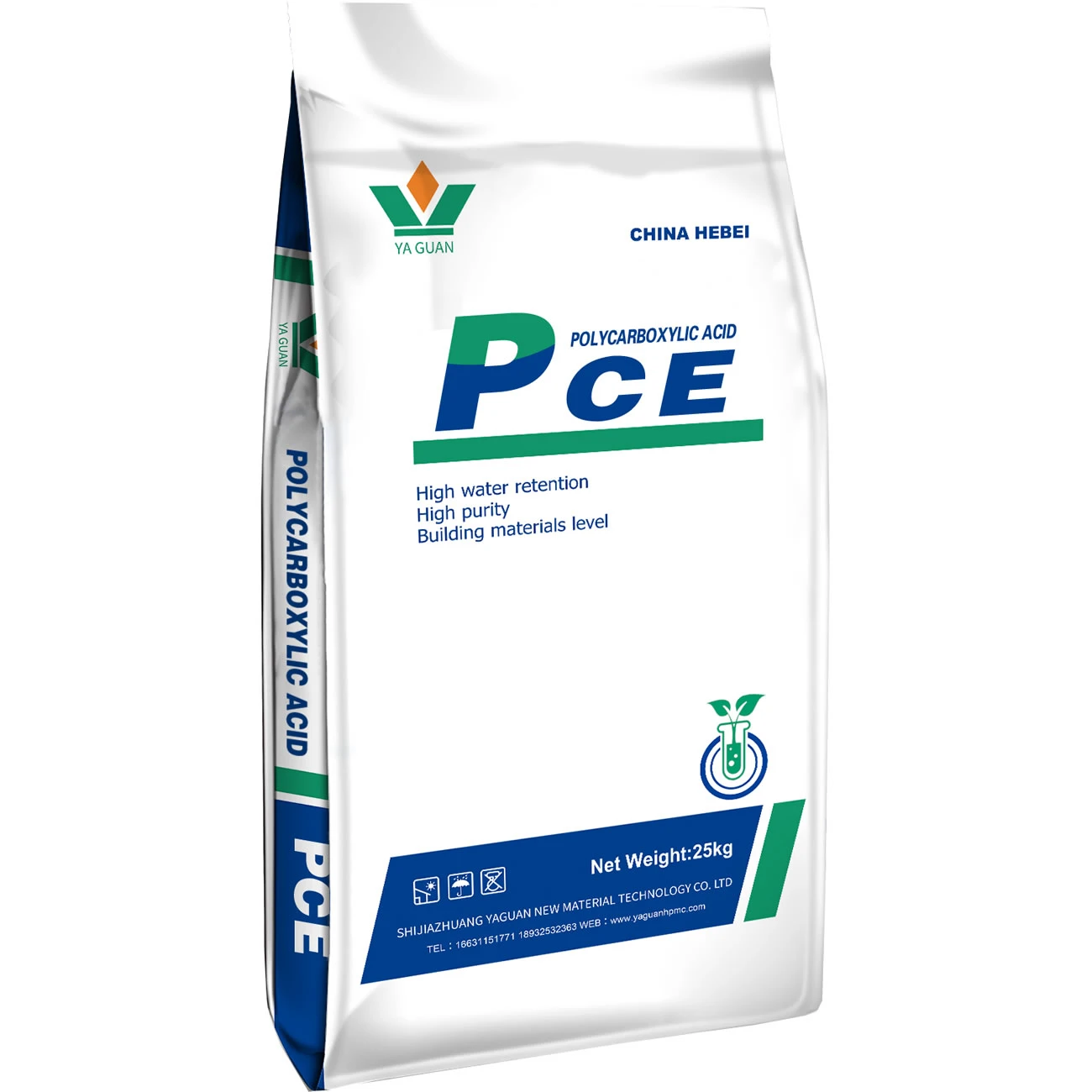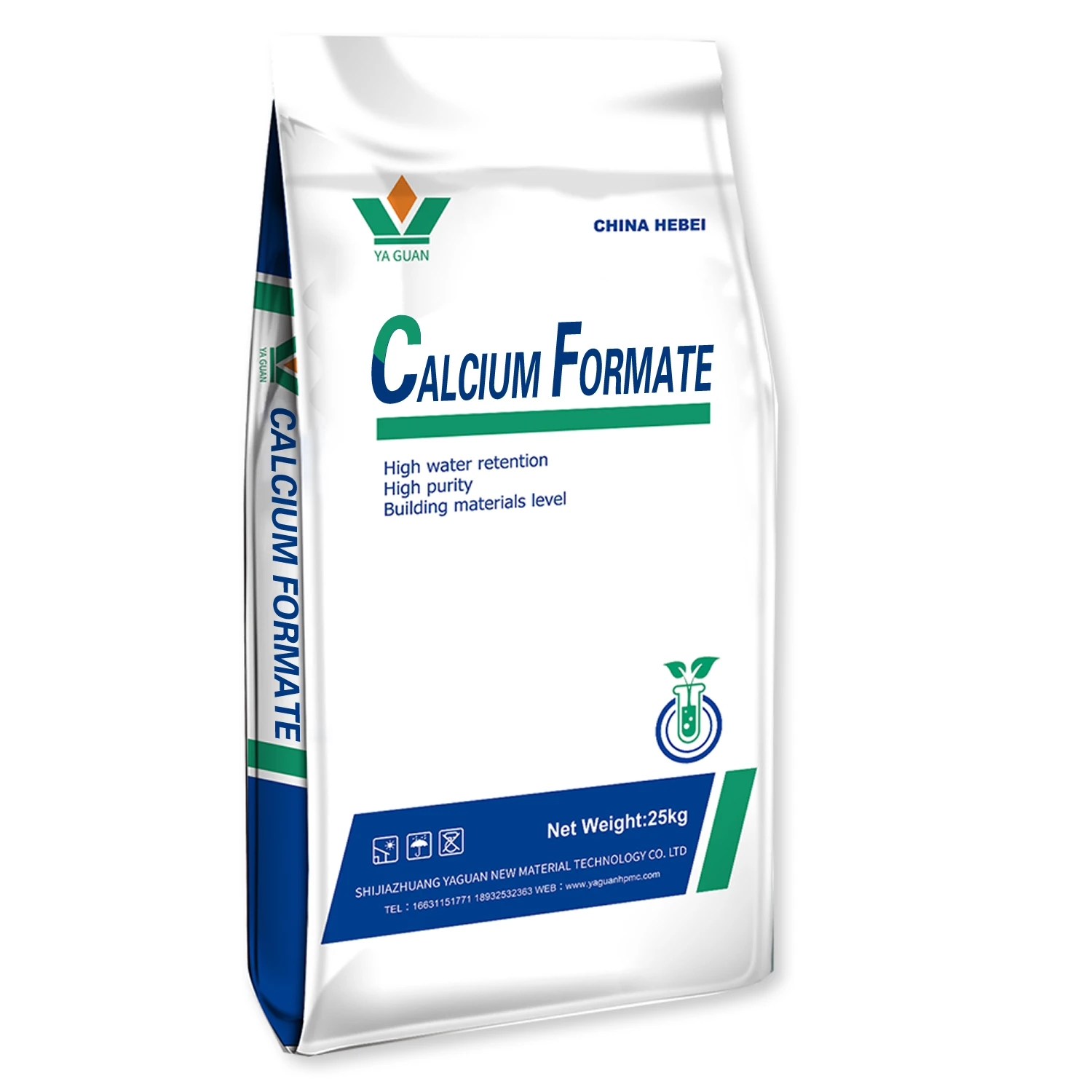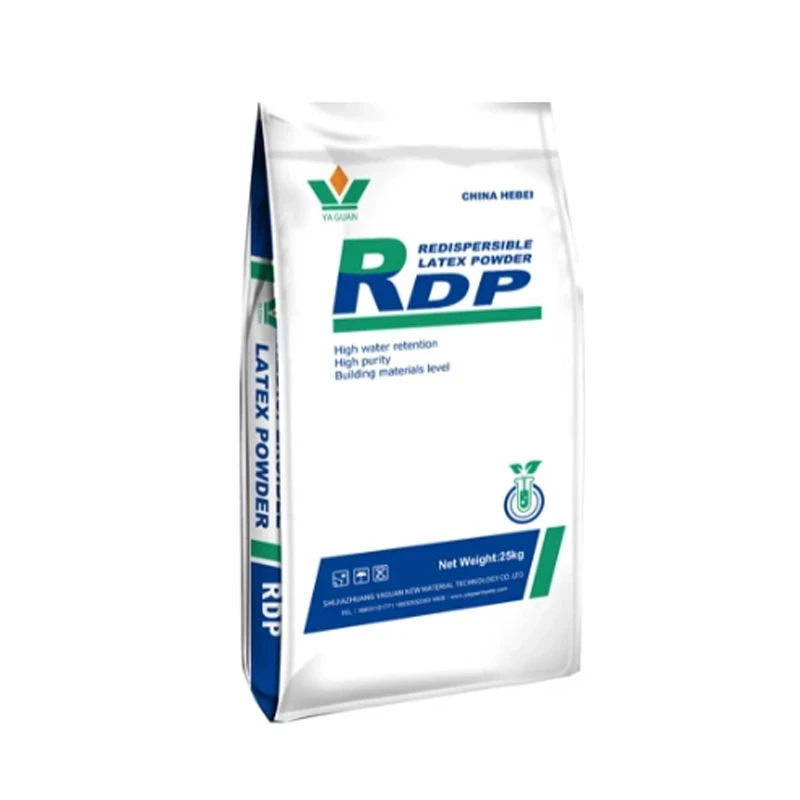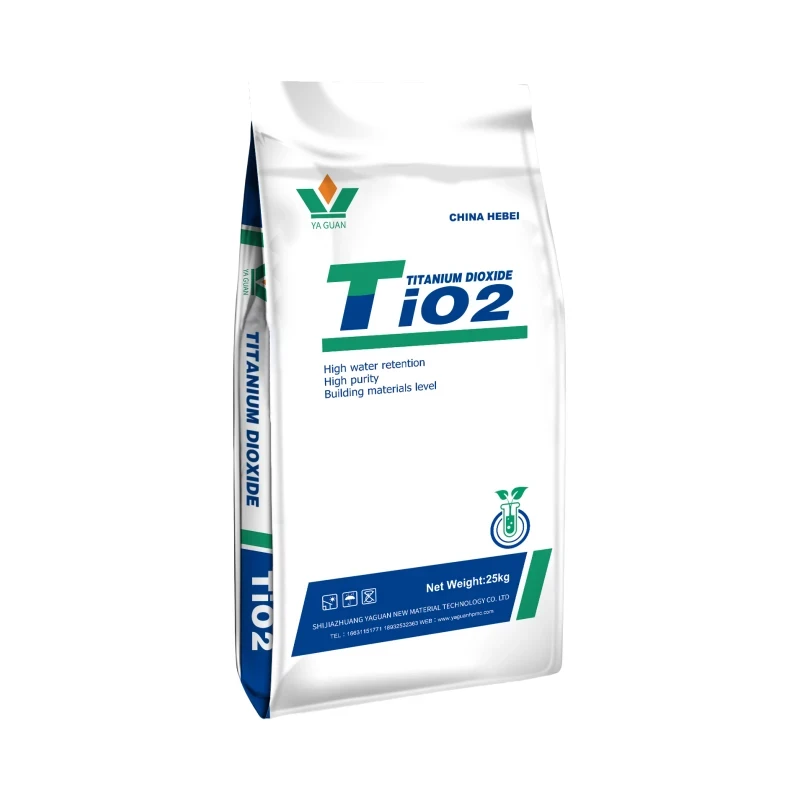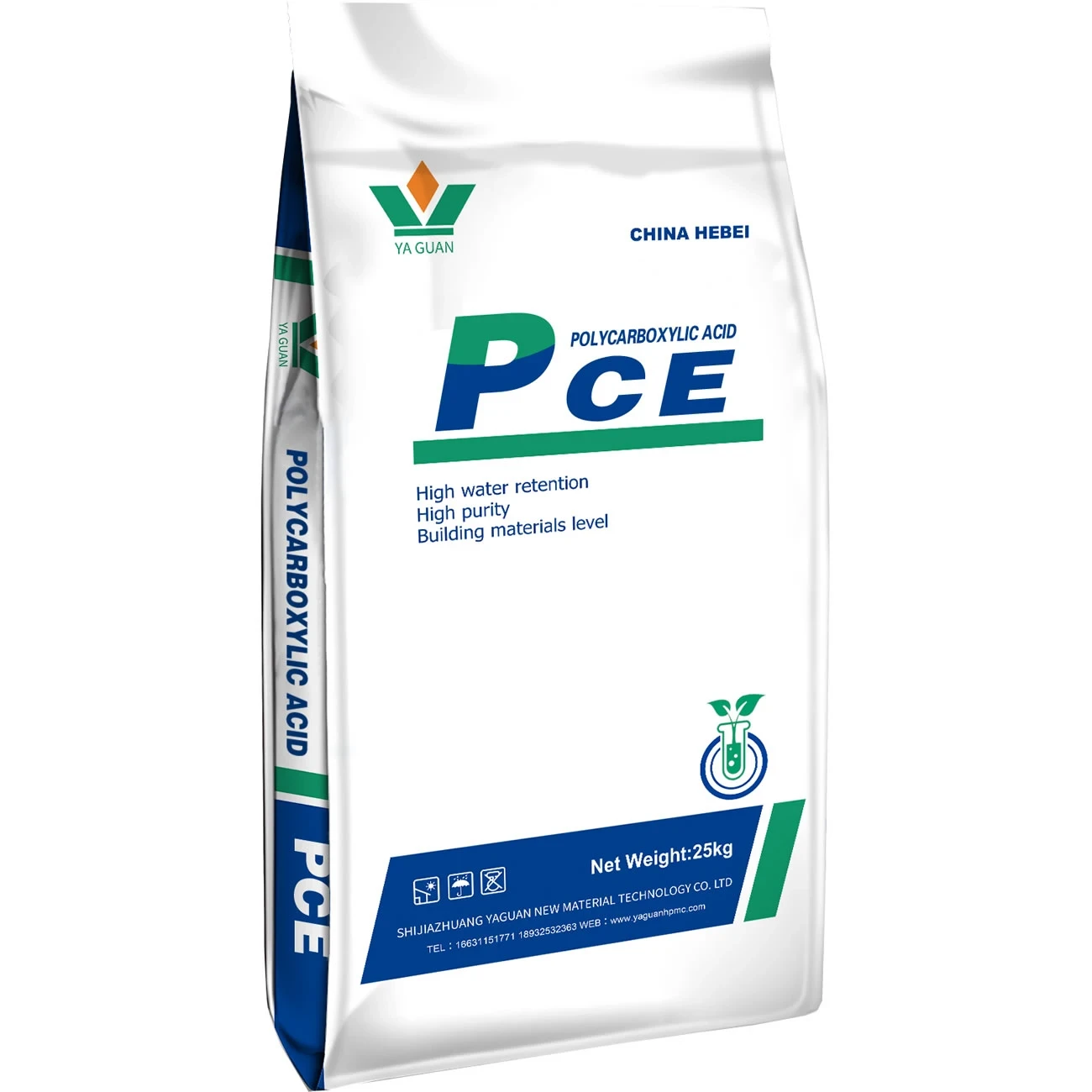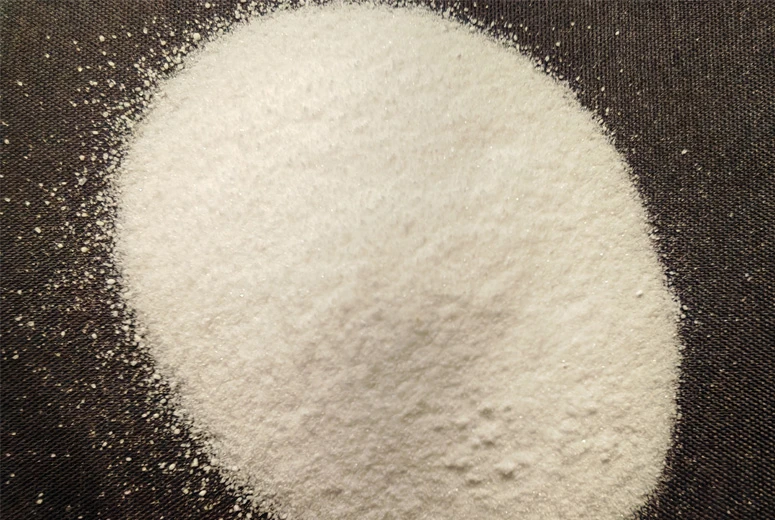
- Introduction to Redispersible Polymer Powder Types and Their Market Growth
- Exploring Key Technical Advantages of Redispersible Polymer Powder
- Comparing Manufacturers: Global vs. China Redispersible Polymer Powder Providers
- Custom Formulation Options for Diverse Applications
- Application Cases: Redispersible Polymer Powder for Tile Adhesive and More
- Insights from Industry Data and Performance Tables
- Conclusion: The Future and Trends of Redispersible Polymer Powder Types

(redispersible polymer powder types)
Introduction to Redispersible Polymer Powder Types and Market Landscape
Redispersible polymer powder types represent a transformative advancement for the construction materials industry. These fine, free-flowing powders are widely recognized for their versatile applications in modifying mortars, adhesives, and self-leveling compounds. As global construction standards rise and sustainable practices become paramount, the demand for redispersible polymer powder types
continues to soar. According to the latest industry data, the worldwide redispersible polymer powder market size reached USD 1.7 billion in 2023, with an anticipated CAGR of 6.2% from 2024 to 2030.
The primary types include vinyl acetate ethylene (VAE), vinyl acetate–vinyl versatate copolymer (VA/VeoVa), and styrene–butadiene rubber (SBR). Each type offers tailored performance benefits, addressing unique challenges in tiling, insulation, flooring, and exterior insulation and finish systems (EIFS). This rapid expansion is fueled by increased infrastructural investments and the ravenous need for specialized construction chemicals, establishing redispersible polymer powder types as central ingredients for contemporary building solutions.
Technical Strengths and Competitive Advantages
The technical superiority of redispersible polymer powders lies in their ability to enhance the mechanical properties of cementitious systems significantly. By dispersing easily in water, these powders form films within the mortar matrix, boosting tensile strength, flexibility, and adhesion.
Across redispersible polymer powder types, several key advantages are documented:
- Improved Adhesion: Up to 400% higher than unmodified mixes, critical for robust tile adhesive applications.
- Crack Resistance: Polymer modification reduces shrinkage by over 30%, minimizing long-term cracking.
- Water Retention: Ensures superior workability and open time, essential for complex tiling projects or EIFS systems.
- Flexibility: SBR-based powders provide enhanced flexibility for environments exposed to movement or thermal stress.
- Weather Resistance: Certain VA/VeoVa powders deliver exceptional freeze-thaw stability, suitable for external wall renders.
Manufacturer Analysis and China Redispersible Polymer Powder Comparison
The global landscape for redispersible polymer powder manufacturing features esteemed names from Europe, North America, and a rapidly growing contingent of producers in Asia—particularly China. Multinational leaders emphasize tightly controlled quality, large-scale production, and continual product innovation. However, China’s suppliers have quickly closed performance gaps, offering high-purity powders at competitive price points.
Performance and Cost Comparison of Major Manufacturers (2024)
| Manufacturer/Origin | Key Polymer Type | Tensile Adhesion (MPa) | Flexural Strength Increase (%) | Crack Resistance (%) | Typical Price (USD/kg) |
|---|---|---|---|---|---|
| Europe Brand A | VAE | 1.40 | 25 | 32 | 3.50–4.10 |
| North America Brand B | VA/VeoVa | 1.36 | 24 | 34 | 3.80–4.20 |
| China Redispersible Polymer Powder C | VAE | 1.31 | 23 | 31 | 2.40–2.90 |
| China Redispersible Polymer Powder D | SBR | 1.27 | 28 | 29 | 2.50–3.00 |
Notably, Chinese suppliers deliver bulk efficiency and streamlined supply chains, making them formidable contenders for cost-sensitive markets and global projects requiring just-in-time logistics.
Customization Strategies and Formulation Flexibility
Choosing the optimal redispersible polymer powder for a project extends beyond manufacturer selection. Distinct application scenarios often demand powder blends with precise properties. Customization primarily involves tuning:
- Particle Size Distribution: Finer powders disperse more readily, essential for skim coats and high-coverage applications.
- Glass Transition Temperature (Tg): Enables adaptation to varying climates by modifying the powder’s response to temperature fluctuations.
- Hydrophobic Modification: Essential for external renders and water-resistant tile adhesives.
- Cohesion and Thixotropy: Bespoke thickener integration to meet application demands from self-leveling floors to hand-troweled mortars.
Real-World Applications: Tile Adhesive, EIFS, and More
The real-world impact of redispersible polymer powder types is perhaps best illustrated through the spectrum of their applications. In tile adhesives, polymer modification is vital for increased slip resistance, workability, and adhesion to a range of surfaces from ceramics to natural stones. According to data from field projects:
- Polymer-modified tile adhesive failure rates dropped from 7% to 1.2% when using optimized powder formulations over conventional products.
- Workability windows increased by 40%, greatly reducing time pressure on installers.
- External Insulation Finishing Systems (EIFS): These powders contribute to crack-bridging and resistance to delamination under thermal cycling, which is crucial in façade systems.
- Self-leveling underlayments: Improved flow and reduced segregation produce more uniform floors, cutting rework by an estimated 60%.
Industry Data, Trends, and Performance Tables
Data illustrates the accelerating adoption of redispersible polymer powder types, spurred by tightening regulations and architectural ambitions for longer-lasting, more resilient infrastructure. The following summary table highlights the most common types and their best-suited applications:
| Polymer Powder Type | Typical Uses | Key Performance Metric | CAGR (2023–2030 est.) |
|---|---|---|---|
| VAE | Tile Adhesives, EIFS, Cement Renders | Broad compatibility, good flexibility | 7.2% |
| VA/VeoVa | Skim Coats, Flexible Renders | Enhanced hydrophobicity, crack control | 6.8% |
| SBR | Repair Mortars, Underlays | Superior flexibility, impact resistance | 5.4% |
Market projections point to robust demand across Asia-Pacific, with China redispersible polymer powder suppliers at the forefront of both volume and customization, reinforcing their global expansion.
Conclusion: The Future and Trends of Redispersible Polymer Powder Types
The future of redispersible polymer powder types centers on sustainability, performance innovation, and global accessibility. Growing regulatory requirements demand eco-friendly formulations, and successful manufacturers are pioneering low-VOC and recyclable powder chemistries. As digital construction management and smart logistics mature, China redispersible polymer powder brands are poised for even greater influence—especially as they leverage custom solutions and efficient production at scale.
Whether for durable tile adhesives, robust EIFS, or high-performance self-leveling underlayments, the technical and economic advances in redispersible polymer powder types will remain pillars of modern construction progress. Stakeholders seeking value, adaptability, and proven quality need to equate selection not merely to price, but to tailored results, supply reliability, and long-term durability—underscoring the enduring importance of this transformative material category.
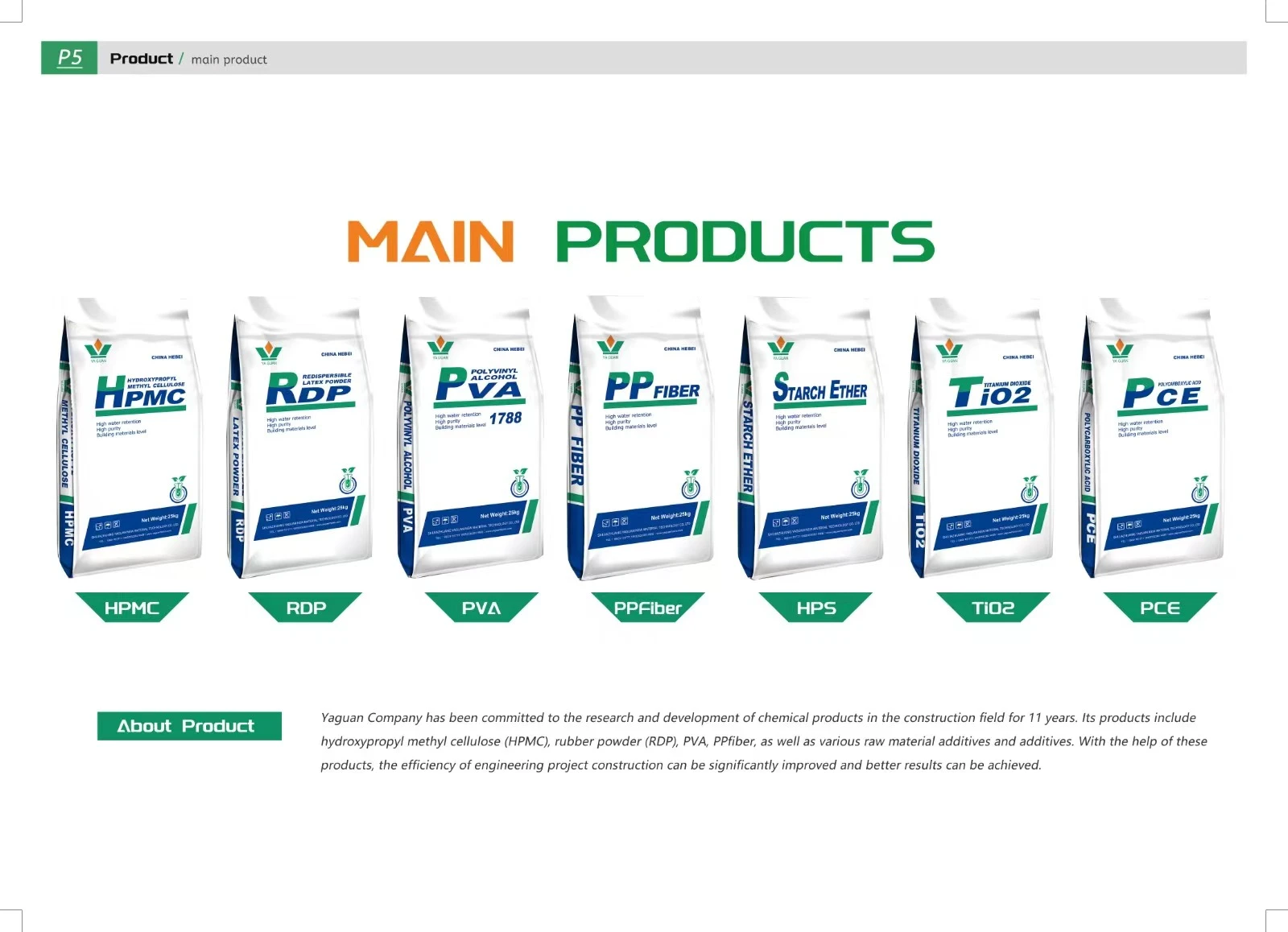
(redispersible polymer powder types)
